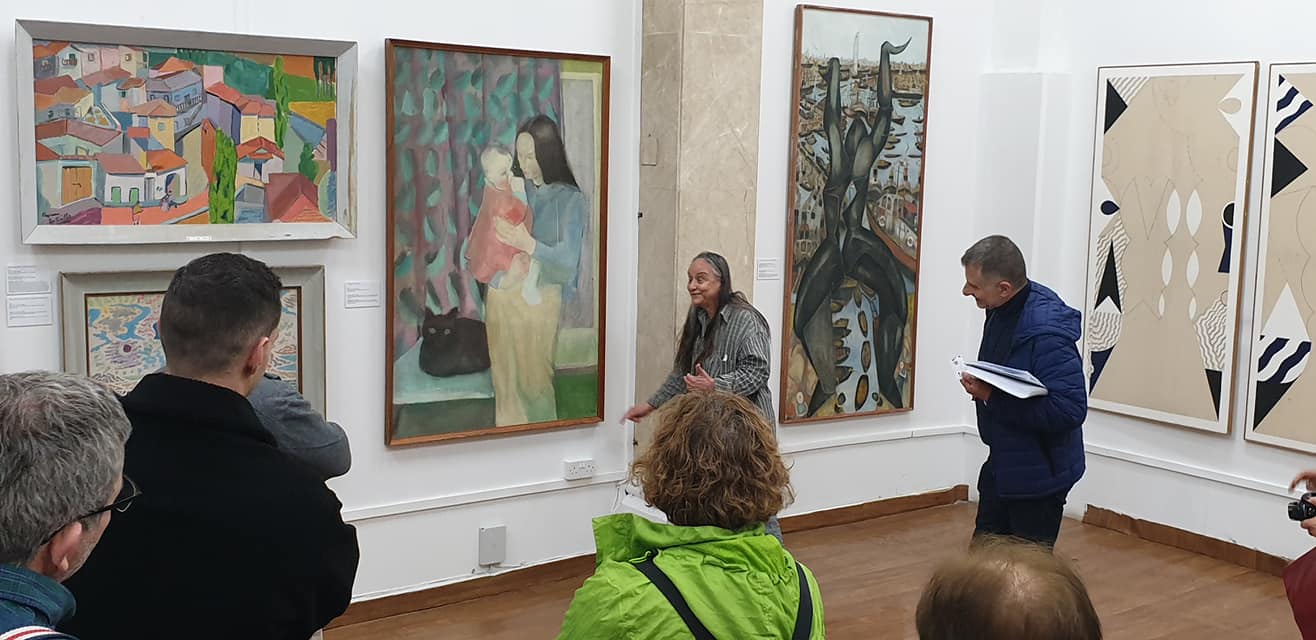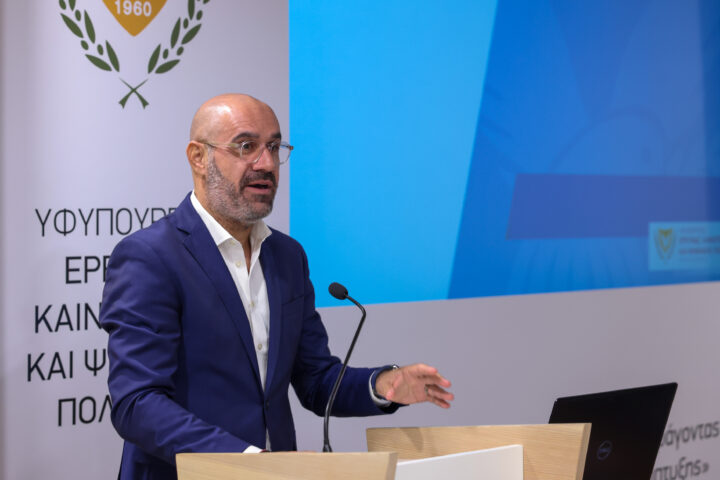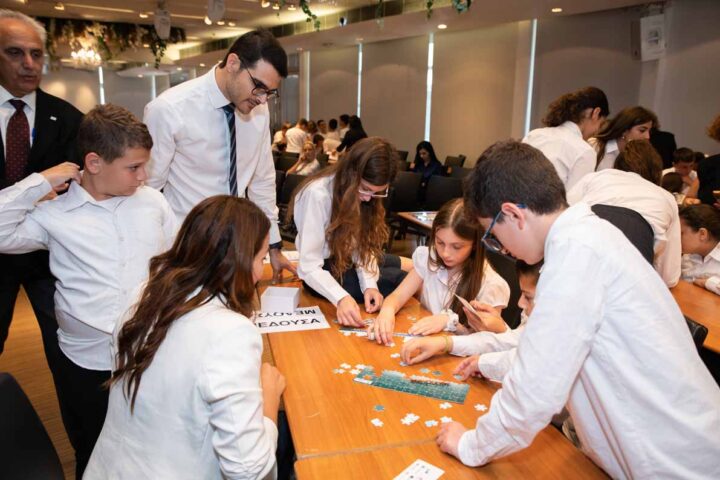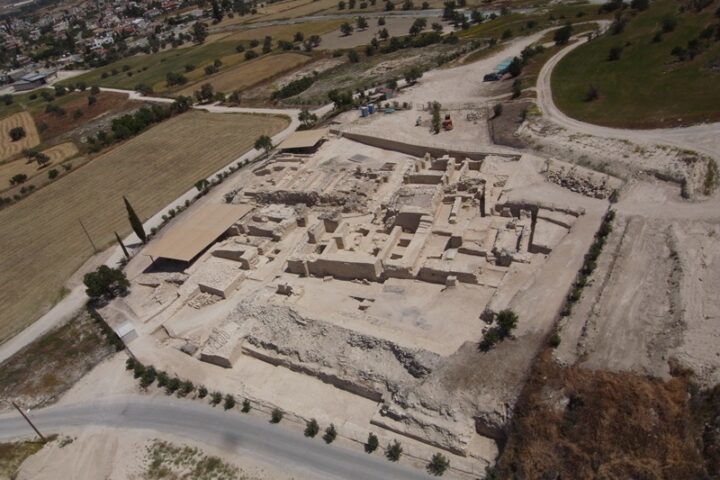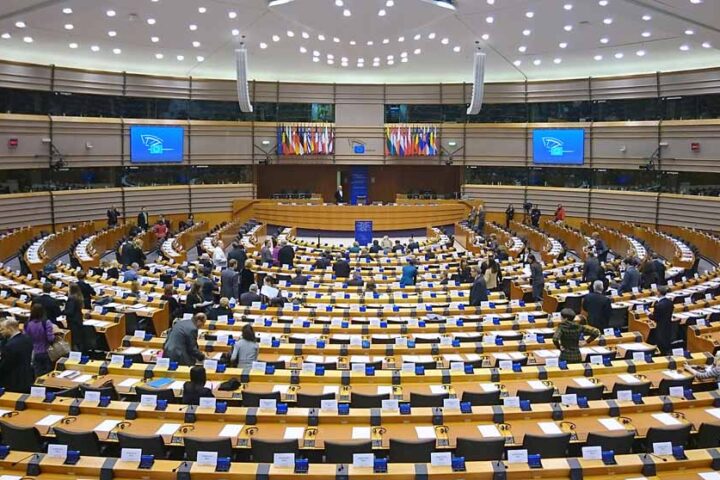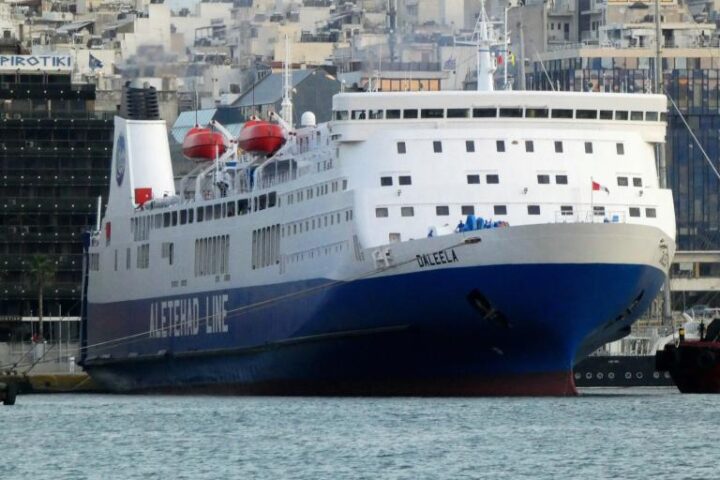By Tatiana der Parthogh
The return of 219 paintings, believed lost in Famagusta, to their rightful owners after 47 years could set a precedent for the repatriation of other known looted works of art and antiquities.
To date, claims have been limited to items that would appear in the public domain, such as in auction house catalogues.
But the return of the paintings and other agreements between the two sides of the divide could be an opening for further negotiations between the government, legal entities, and the art market.
The “Rebirth” collection of works by key contemporary Cypriot artists, abandoned in the port city following the Turkish invasion and occupation, were recovered last year through a bicommunal effort.
They had been rescued by Turkish Cypriots sympathetic to the protection of art and kept secretly in safety most of these years.
Intellectual property and human rights lawyer Achilleas Demetriades is positive that the confidence-building measure between the Greek and Turkish Cypriot leaders which initiated to return the recently discovered Famagusta paintings “clearly is a precedent for retrieving other such items”.
“It is impossible for me to speculate how much cultural property has been subjected to destruction or is missing, but I believe it is substantial.”
Many such items have been returned through the collective efforts of the Republic of Cyprus, the Archbishopric, Cyprus law enforcement, ownership dispute lawyers, historians and art experts working together to identify and trace artefacts looted by Turks after 1974.
Over decades, there have been hundreds of laws decreed for the protection of antiquities worldwide, but it is a matter of implementation in practice.
Among the many conventions for preventing the illicit trade of antiquities and objects of cultural importance, Turkey and Cyprus have signed and ratified the 1972 UNESCO Convention.
It calls for the seizure and return of artefacts that surface on the international art market due to trafficking or are discovered in private and public collections.
Following the principles set out by the 2017 Council of Europe Convention on Offences relating to Cultural Property (Nicosia Convention), the Cyprus police Criminal Investigation Department and the Department of Antiquities have intensified the initiative to recover looted artefacts sold on the international legitimate art market.
Art historian Maria Paphiti was instrumental in securing the return of the 6th century Kanakaria mosaics looted by international antiquities smuggler Aydin Dikmen. Together with the Church of Cyprus and her good working relationship with the trade, Paphiti helped bring the mosaics back home.
The Race
The race to recover looted artefacts begun long ago when finally, in October and November 1997, after a series of legal actions, a court order and a police raid, hordes of Cypriot looted artefacts were discovered in Dikmen’s apartment in Munich.
Seven years later, Walk of Truth founder Tasoula Hadjitofi worked together with the Church of Cyprus and art market dealers to return the artefacts of which only 169 items were repatriated.
Due to a lack of evidence, the German justice system could not attribute Cyprus as the origin for most of the items, which are still held in Munich awaiting further ruling.
It is impossible to know the exact number of losses sustained during and after the ’74 invasion.
According to Hadjitofi, as well as Former Director of the Department of Antiquities, Sophocles Hadjisavvas, “several dozen” wall paintings and mosaics, “15,000-20,000 icons” and between “several thousand and more than 60,000” artefacts have been looted from the northern part of Cyprus.
There is no comprehensive database for all potentially looted objects which could guarantee their provenance.
However, evidence has been gathered over decades by some scholars and art experts.
Dr Charalampos G. Chotzakoglou, scholar and Byzantinist at the Hellenic Open University in Athens, gives an extraordinary chance for identifying known looted items being offered for sale.
His work, ‘Religious Monuments in Turkish-Occupied Cyprus, Evidence and acts of a continuous destruction’, records in detail churches in the north, complete with before-and-after photographs of the artefacts, murals, and mosaics, acting as evidence and attributing provenance correctly.
The Kykkos Monastery museum has compiled a database of 20,000 photographs of every monument before 1974 and relevant bibliography.
Over 500 churches and chapels were documented, as well as around 50 monuments lying within Turkish military areas or in the UN-patrolled ‘buffer zone’, keeping them from being appreciated or used by their rightful owners.
‘Loss of use’
“The term ‘loss of use’ concerning homeless art is a very interesting one,” explains attorney Demetriades. “It describes the time that the owner is not in possession.”
“One can draw a parallel between the loss of use claim in Loizidou v Turkey, where [Kyrenia refugee Titina] Loizidou was deprived of her peaceful enjoyment of her immovable possessions.
“Paintings are also a possession, and thus I cannot see why this rationale could not apply.
“Admittedly, it will be difficult to quantify a yearly amount for loss of use, but that should not be a bar for creating this new head of damage.”
It begs the question of whether any filings of “loss of use” claims can be applied to provide any form of monetary or moral compensation to the person who lost their possessions and, more importantly, to the heirs who were deprived of any benefit.
Insurance claims filed by the international Jewish community for compensation following the Holocaust resulted in financial compensation for the hardships experienced, and investigations were conducted into other losses such as valuable art and artefacts.
The last of the 14 confirmed Nazi-looted items in the notorious Gurlitt collection was restituted mid-January.
The Famagusta paintings address a novel kind of precedent in how recoveries may be administered in Cyprus.
Demetriades believes it would be more opportune “to apply to the Immovable Property Commission (IPC) set up by the subordinate to Turkey local administration, operating in occupied Nicosia and approved by the European Court of Human Rights.”
Although at first glance this motion relates to matters concerning immovable items, “there is a reference to movables as well”, explained Demetriades.
“It is worth exploring the possibility of people applying against Turkey, before the IPC not only for restitution and loss of use of immovable property but also for movables, e.g., paintings or other art and even their cars or other household goods left behind in 1974.
“This will be a very interesting development because Turkey, as a matter of European Human Rights, will also be held responsible for the loss of use or destruction of such art or movables from 1974 to date.”
Good practice
Cypriot officials and art professionals’ collective efforts are commendable and set a good example of how Cyprus legislation should direct its efforts to identify and work towards the repatriation of unclaimed artefacts.
However, cooperation must be extended beyond the borders of the Republic of Cyprus to safeguard the return of long-lost items, such as the Famagusta paintings.
The confidence-building measures were one such positive example.
Hadjisavva, in “Perishing Heritage: The Case of the Occupied Part of Cyprus” (2015), noted that lack of cooperation might be due to lack of resources.
“I saw young Turkish-Cypriot archaeologists who care about our common heritage.
“What they actually lack is specialisation in fields not available at Turkish universities and some practical experience.
“This expertise could easily be acquired in the Department of Antiquities of the Republic of Cyprus if a formula for communication could be reached.”
On the other hand, in his dissertation, “Interrogating Archaeological Ethics in Conflict Zones: Cultural Heritage Work in Cyprus”, cultural heritage criminologist Dr Samuel Andrew Hardy maintains that both sides have hindered important conservation work due to legal disagreements.
Important work by the Bi-Communal Committee on Culture continues to this day; it was instrumental in urging the Turkish Cypriot committee members to preserve and return the Famagusta paintings after months of negotiations.
Legal action might cause sour feelings; however, it may be the only way to secure the return of lost artefacts back to their rightful owners on both sides once and for all.
The author is an art advisor and collections consultant, specialising in museology, trafficking culture, forensic art

